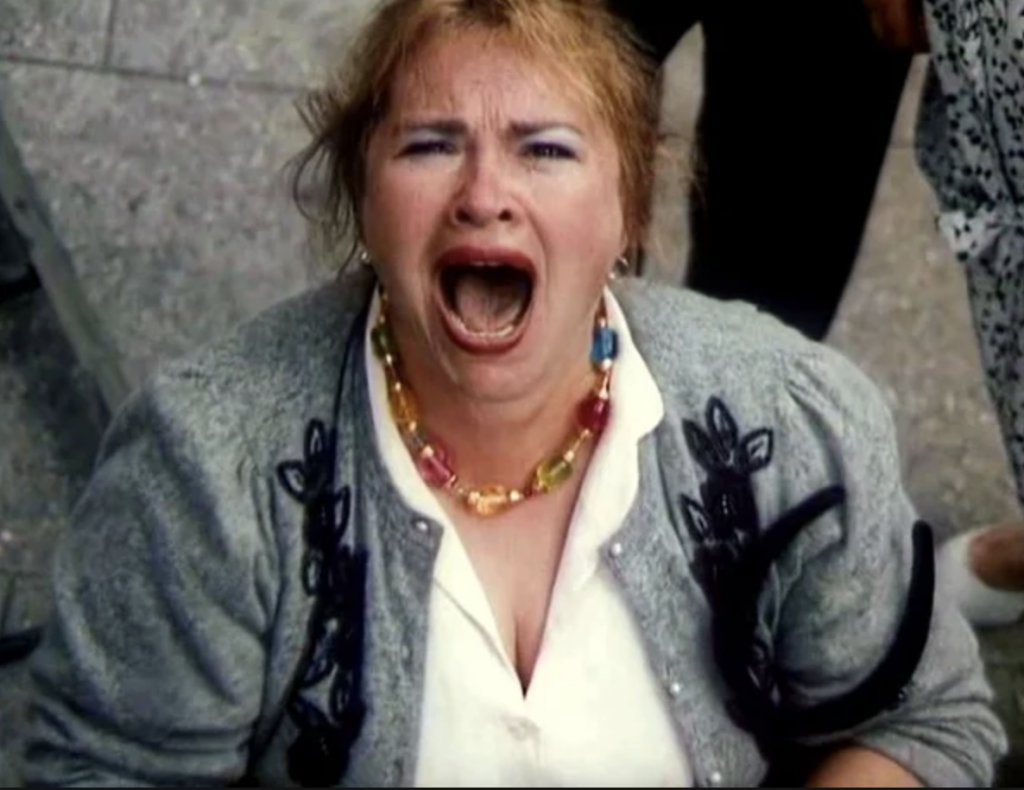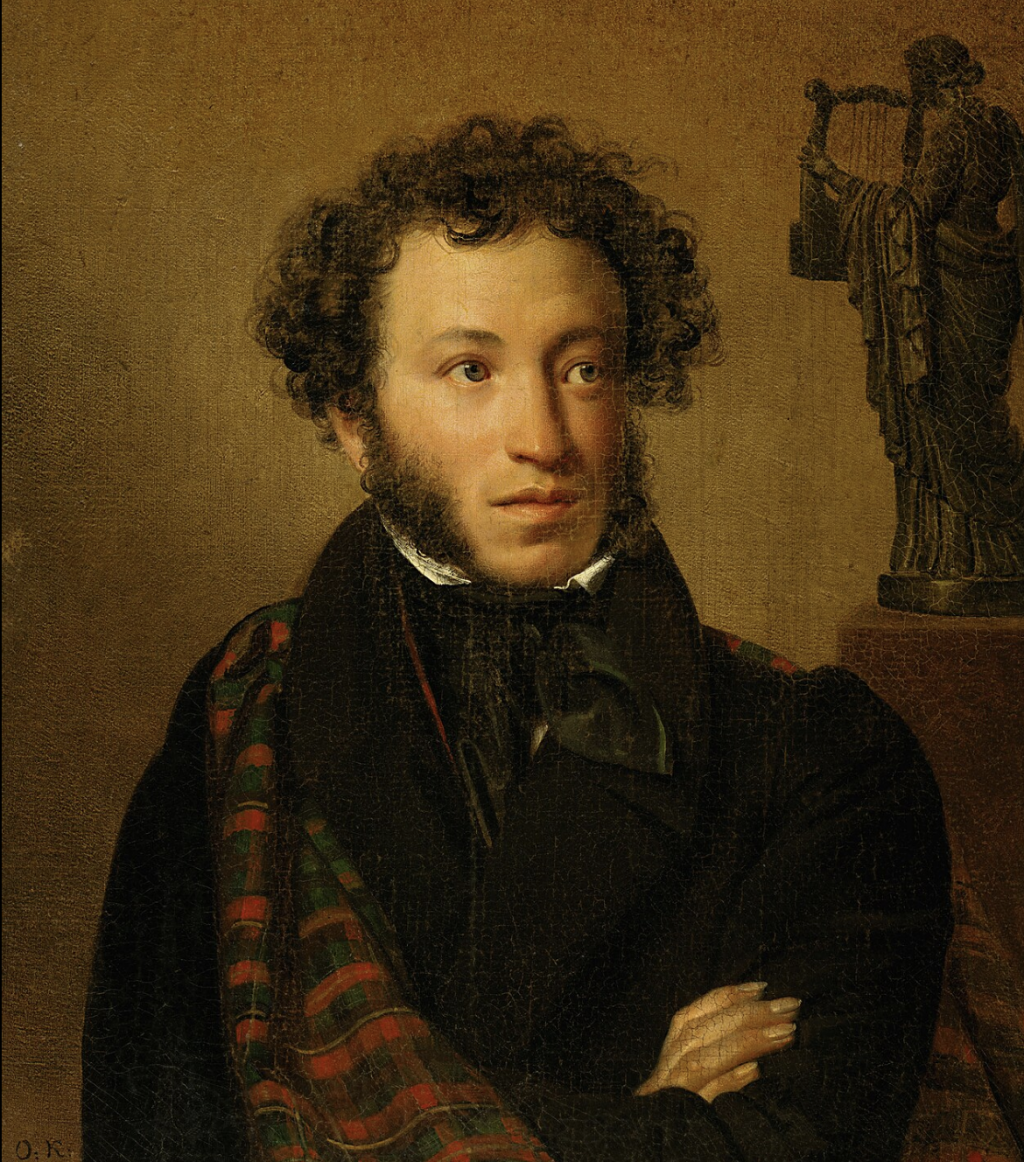Susan Grunewald is an Assistant Professor of European History at Louisiana State University. Her research emphasizes Soviet and German history during World War II and the early Cold War. She frequently uses digital humanities techniques such as text analysis and geographic information system (GIS) mapping to advance arguments made with traditional, archival sources.
Some material in this post draws on From Incarceration to Repatriation: German Prisoners of War in the Soviet Union, by Susan C. I. Grunewald, published by Cornell University Press. Copyright (c) 2024 by Cornell University. Used by permission of the publisher.
In November 2017, Russian high school student Nikolai Desyatnichenko gave a speech in front of the German Bundestag in which he discussed his discovery of information about a previously missing German soldier who had been taken prisoner by Soviet forces and died in 1943. Desyatnichenko noted that the remains of the soldier might lie in a mass grave in the Chelyabinsk region, deep in the Urals and far from the front lines. He said, “I saw the graves of innocently lost people, many of whom wanted to live peacefully and did not want to fight. They experienced incredible difficulties during the war.”
I saw the graves of innocently lost people, many of whom wanted to live peacefully and did not want to fight. They experienced incredible difficulties during the war.
The Russian Federation’s Prosecutor General accused Desyatnichenko of being a Nazi apologist for stating that not every member of the Wehrmacht had been a murderer or a Nazi. The Prosecutor General’s Office investigated the student and his teachers under Russia’s Criminal Code statute on “Rehabilitation of Nazism.” It is unclear what happened to Desyatnichenko after the initial charges. He did, however, turn into a viral Russian meme, that of “Boy Kolya” (“Mal’chik Kolya”). A search of “Boy Koyla” in Yandex, Russia’s equivalent of Google, results in hundreds of images of Desyatnichenko either wearing Nazi or SS outfits, looking like Hitler, or with the phrase “Forgive us, fascists!” The legacy of German prisoners of war in the Soviet Union resonates to this day in contemporary Russian politics.
One reason for the continued importance of the German prisoners of war (POWs) to present-day Russia is the sheer number of men and the length of their captivity. The Allied Powers combined captured over 11 million Germans during the war. The Western Allies captured a staggering 7.745 million compared to the 3.349 million of the Soviet Union. However, Soviet officials continued to detain over 1.5 million German POWs in the months and years after the war. The prisoners were released in phases, but the last group was held until 1956, seven years longer than any of the other Allied victor nations. At first glance, this long-lasting incarceration might seem to be a story of Soviet retribution, a desire to punish at least some group of Germans for the war. For some, including many Germans, the continued incarceration of POWs served as yet another example of Soviet vengeance, like the mass atrocities and rapes committed across Germany and Austria toward the end of the war, or a result of the proliferation of war crimes trials across the Soviet territories. The German prisoners, then, constituted another group caught up in Stalinist repression, consigned to either the Gulag or Gulag-like labor camps as punishment for their wartime transgressions.
Many arguments about the vindictive nature of the camps also stem from the difficulties of ascertaining how many German POWs died in Soviet captivity. Not every prisoner returned home. Many German POWs died in Soviet custody, although scholarly estimates for the figures vary greatly between Russian and German authors. Russian sources claim about 381,000 German POW deaths while German calculations range from a similar figure to perhaps as many as 1 million. As of 2017, many of the files concerning POW deaths remained classified in the Russian archives. Unfortunately, it will probably be impossible to ever have an accurate accounting of the mortality rates, especially with the renewed importance of the Cult of the Great Patriotic War in contemporary Russia.
Unquestionably, the captivity of the German POWs did serve as a form of punishment for the war. Long understudied due to the politics of the Cold War and a lack of access to sources, the viciousness of the German-Soviet war is poorly understood. The Eastern Front’s war of ideological annihilation resulted in 80 percent of Germany’s military casualties. The opening of a second major front in Europe did not dramatically change the balance of German troops. After D-Day, two-thirds of Germany’s army remained stationed on the Eastern Front. The war did tremendous damage in the Soviet Union: the country lost 26.6 million soldiers and civilians, two of the six million Jews murdered by the Nazis were killed on Soviet soil, and the industrial and agricultural infrastructure in the occupied territories was destroyed.
Even amidst the violence in the “bloodlands” of Eastern and Central Europe caught between the Nazi and Soviet dictatorships, the brutality of the war did not massively influence Soviet treatment of captured German soldiers. Despite vast evidence of Nazi mass murder and atrocities against Red Army POWs, Soviet authorities did not respond by perpetrating the same actions against their prisoners. In many ways, Soviet officials followed the international standards and practices of the Geneva Convention, even though they were not compelled to do so as they were not signatories.
Critics often represent this lack of obligation as evidence of Soviet brutality, but as my book, From Incarceration to Repatriation: German Prisoners of War in the Soviet Union, illustrates, this argument has been misused. Soviet authorities, in compliance with Geneva, segregated officers from enlisted men, exempted officers from labor, and attempted to give captives rations on par with those of similar rank and status within the Red Army. Soviet officials recognized that intentionally retributive treatment of German POWs would be an international relations disaster, especially while during campaigns portraying the Soviet Union as a peaceful nation rather than an aggressor during the early years of the Cold War.
Based on Russian and German archival sources as well as geographic information system (GIS) mapping, my book argues that the economic realities of the wartime and postwar Soviet Union, not retribution, motivated policy and practice towards German POWs. The Soviet government initially detained the POWs as a labor source to aid in postwar reconstruction. The Soviet Union emerged from the war with a dire shortage of manpower and a ruined economy. Due to this damage, the Soviet government chose to harness the labor of able-bodied German POWs for as long as possible to aid in reconstruction. The postwar agenda of rebuilding the Soviet Union and establishing a socialist Germany superseded a wartime campaign of hate. The Soviet Union’s initial policies on POWs stemmed from two contexts: the Gulag system and the 1929 Geneva convention. After 1949, however, Cold-War considerations began to dominate Soviet decision-making, especially about whether to detain or repatriate POWs.



